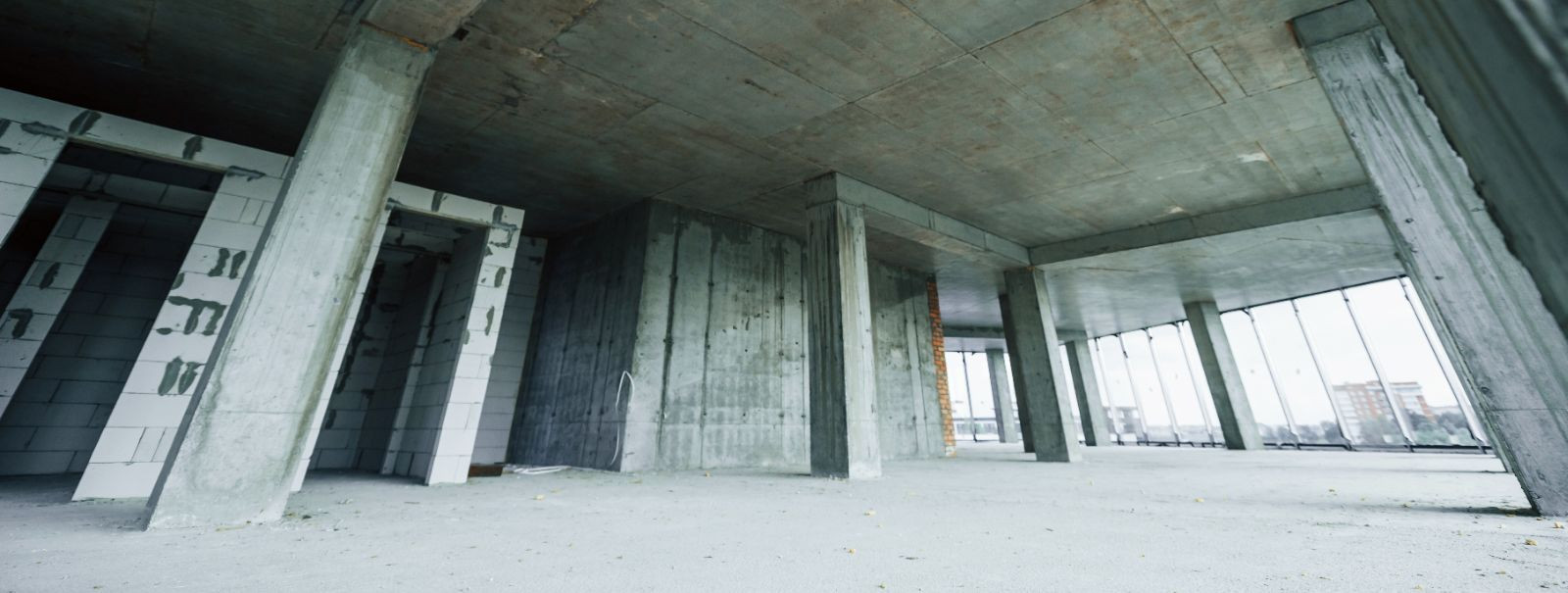Sustainable construction: building with a conscience
Sustainable construction refers to the adoption of building practices that are environmentally responsible and resource-efficient throughout a building's life cycle, from siting to design, construction, operation, maintenance, renovation, and demolition. This concept is not just about the materials that are used; it's about a holistic approach that considers the entire life cycle of a building and its impact on the environment.
Building with a conscience means recognizing the significant impact that construction has on our planet. The construction industry is one of the largest consumers of natural resources and energy, and it generates a substantial amount of waste. Sustainable construction aims to mitigate these impacts by creating structures that are in harmony with the environment, promote health and well-being, and contribute to a better future for all.
The Pillars of Sustainable Construction
One of the key aspects of sustainable construction is energy efficiency. This involves designing buildings that require less energy to operate, by using insulation, energy-efficient windows, and energy-saving appliances and systems.
Resource efficiency is about using materials in a way that minimizes waste and maximizes reuse and recycling. It also involves selecting materials that are durable, recyclable, and sourced in a responsible manner.
Protecting the environment is a fundamental component of sustainable construction. This means minimizing the impact on ecosystems and biodiversity, preventing pollution, and using land responsibly.
Ultimately, sustainable construction is about improving the quality of life for occupants and the community. This includes creating healthy indoor environments with good air quality and natural light, as well as designing spaces that foster community and connectivity.
Strategies for Sustainable Construction
Integrating renewable energy sources such as solar, wind, and geothermal systems into construction projects can significantly reduce the carbon footprint of buildings.
Green building materials are those that are non-toxic, sustainably produced, and environmentally friendly. Examples include bamboo, recycled metal, and low-VOC paints.
Effective waste reduction and management strategies are essential in sustainable construction. This includes planning for waste minimization, on-site sorting, and recycling of construction debris.
Water conservation is another important aspect of sustainable construction. Techniques such as rainwater harvesting, water-efficient fixtures, and xeriscaping can help reduce water usage.
Innovations in Sustainable Construction
New technologies are constantly emerging that make sustainable construction more efficient and cost-effective. These include advancements in insulation materials, energy management systems, and modular construction techniques.
Smart design and urban planning are critical for sustainable construction. This involves creating buildings and spaces that are adaptable, resilient, and designed to meet the needs of future generations.
Green certifications and standards, such as LEED and BREEAM, provide benchmarks for sustainability and encourage industry-wide adoption of sustainable practices.
The Role of Construction Companies in Sustainability
Construction companies play a pivotal role in the transition to sustainable construction. By adopting sustainable practices, they can lead the way in reducing the environmental impact of building projects.
While there are challenges such as cost and market readiness, the opportunities for innovation and leadership in sustainable construction are vast. Companies that embrace sustainability can differentiate themselves and create a competitive advantage.






Comments (0)